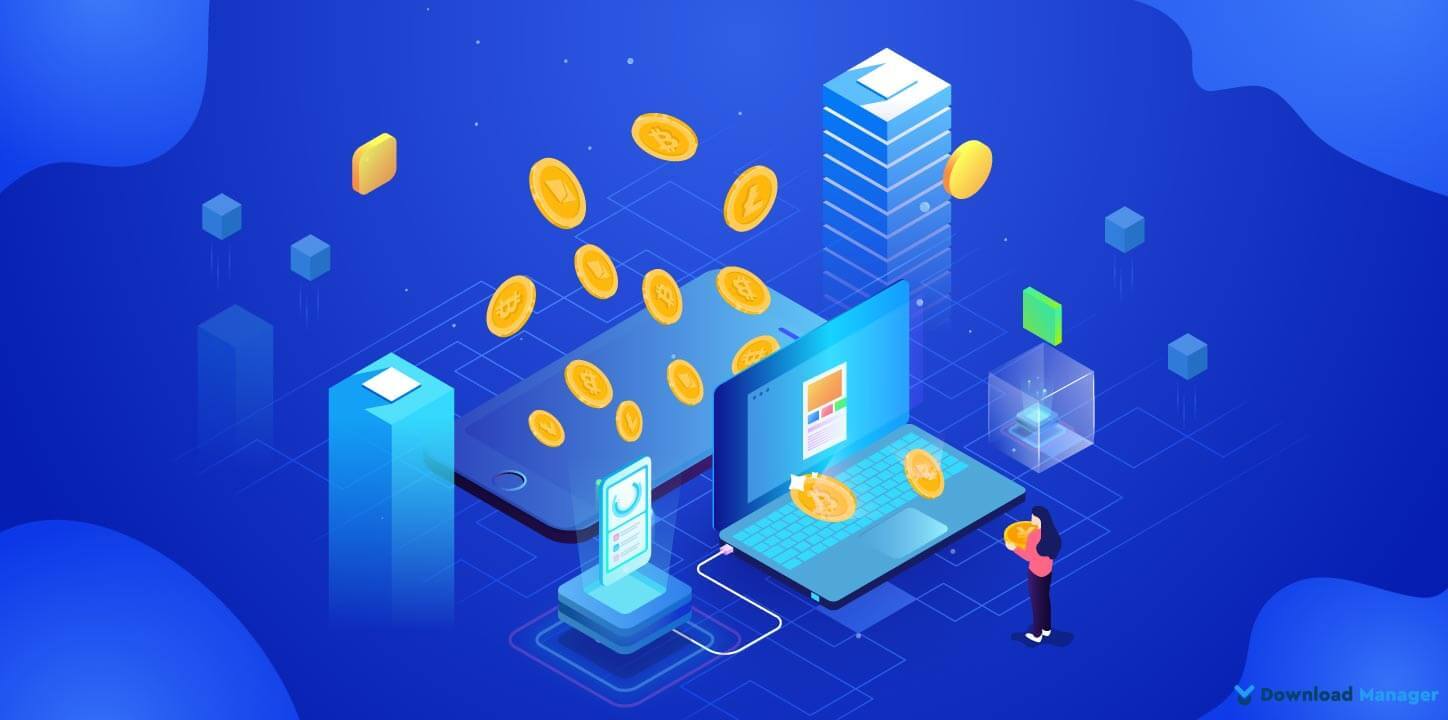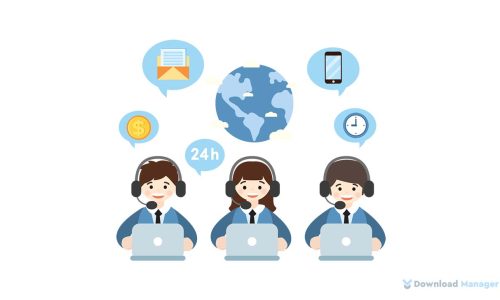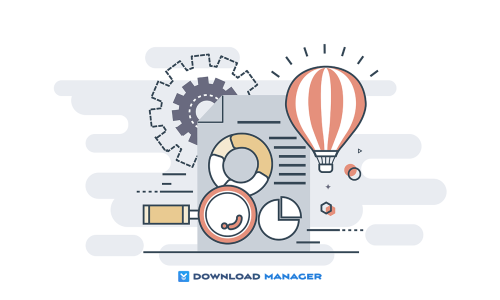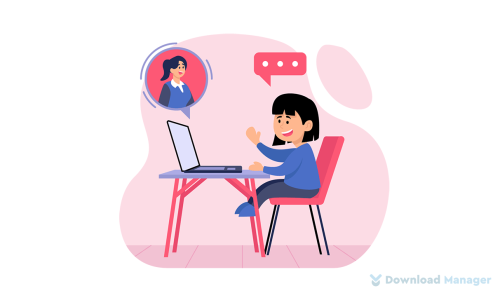
9 Powerful Hacks to Boost Your Product Page Conversion Rate
When it comes to boosting an e-commerce site’s conversion rate, most of the owners focus on improving their carts and checkout pages to increase sales, but not on the product page. Where the truth is, the majority of customers don’t even reach that point. They decide whether they will buy the product or not while they are on your product pages.
An optimized product page does not get a massive amount of traffic but no one is buying. It is designed to both be found by search engines and convert website visitors into buyers. Optimizing the product pages is also part of your sales funnel.
No matter how great your product is, you need to present it in a way that helps your site visitors reach the point of trying it out. Your product page should convey your product’s value, show customers how it solves a problem, and convince them they should have the item you sell.
An optimized product page not only turns more visitors into buyers but will also decrease your bounce rates and keep potential customers engaged with your site. It will motivate visitors to purchase during their current visit and to remember your brand when they next think about a shopping spree. So brands need to create high-converting e-commerce product pages.
Now, are you thinking about how to boost your product page conversion rate? In this article, we will discuss 9 hacks to boost your product page conversion rates. Let’s have a look at those hacks.
What is the Conversion Rate?
Conversion rate is the percentage of visitors on your website who completed the desired action out of the total number of visitors. It is the measurement that allows you to quickly see if a particular campaign is performing well or not. A lot of times we think of this as sales, but a conversion could include a lot of different things. Those things can be anything like__
- Opening an email that you sent
- Filling out a registration form on your website
- Signing up for a giveaway
- Buying a product
- Transitioning from the trial to becoming a paying customer
For example, if you run an ad campaign on Facebook that reaches an audience of 2000 people. Out of those 2000 people, a total of 400 users have clicked on the ad. Therefore, the overall conversion rate for this campaign can be calculated as follows:
150/2000 = 0.075, or a 7.5% conversion rate
A conversion is a measurable action that progresses a potential customer towards becoming a paying customer. The more conversions your site has, the higher its conversion rate generally is.
Hacks to Boost Your Product Page Conversion Rate:
Boosting your product page conversation rate is very important because boosting means increasing the chances of converting. By boosting your product page conversion rate you can increase revenue per visitor, acquire more customers, and grow your business. In this section, we will tell you 9 hacks to boost your product page conversion rate.
1. Use High-quality Product Visuals:
Unlike retail stores, your customers can’t see, touch, feel, or try your products when they buy online. So visuals have to do a lot of heavy lifting to provide a similar experience to your customers. Visuals can answer a shopper’s questions without scanning a lengthy product description. If your visuals are not good enough to gather the idea about products then you can never sell those to customers regardless of how good they are. Visuals aren’t just limited to photography; GIFs and videos are also helpful for your customers to make a more informed decision.
The first thing that potential customers see when they want to shop is the images. Product images grab attention, encourage buyer’s trust, and can often be the difference between a purchase and continued scrolling which you need in e-commerce. Ideally, you should aim for an eye-level, mid to long shot, crisp, and clear image. Use a light-colored background for your product photos, it will help you maintain consistency and emphasize your product.
Customers rely more on professionally clicked pictures. If you can’t afford product photoshoots, there are several resources available that can help you create stunning, crisp photos with a mobile phone and software. Also, statistics say, that up to 33.16% of customers prefer to view multiple images of a product before making a purchase. So try to add multiple pictures from different angles. It will also help answer many questions that customers may have, which aren’t always mentioned in the text.
As we mentioned above visuals don’t only mean pictures, but also videos and GIFs. The usage of videos and GIFs helps fill in the gap of what pictures cannot offer. According to data, 64% of shoppers are more likely to purchase a product after viewing a video. Many companies also have seen an increase of between 6% and 30% by adding video content to their product page.
Videos don’t need to be lengthy or complicated. Longer videos tend to bore the viewer at a certain point, causing them to lose interest. Anywhere between 30 seconds to one minute is optimal. A short, snappy video can help you excite people, making them more likely to buy what you have to offer.
Show the product from all angles and how it works, which keeps it relevant for the viewer. Try to include the use of 360-degree videos that enable a better understanding of your products. There are several 360° viewer software out there to choose from. Opt for any one of them that aligns with your e-commerce platform.
2. Use a Compelling Description:
Though internet users prefer visual cues, content is king when it comes to e-commerce, and improving your copy can potentially boost your conversions significantly. The description is the final thing your potential buyer will see before deciding whether to purchase the product or not. Therefore, your product description needs to be on point. It’s important to keep your copy as clear and concise as possible. This can be done by using a compelling and informative copy that answers customers’ queries and helps them make a quick purchase decision.
Once the user has identified the product through the top-quality product imagery, they’ll be looking at the finer details such as sizing, material, and more to further influence their decision. So, your overall product description should cover the product’s features and benefits, along with dimensions and what’s included in the package all in a clean and professional look. Answer any questions shoppers might have about your product and you’ll prevent them from leaving because they didn’t understand your product.
Have a bulleted list of short descriptions next to your product photo. Put the most important information first in case a reader is only skimming and doesn’t initially plan to make it through the full description. Help the consumer quickly understand key details to let them determine whether or not the item is a solution to their current need.
On the other hand, benefits are what sells so focus more on the benefits. A well-thought-out, detailed product description not only describes the product but explains to shoppers why they need it. Avoid using stock descriptions from the manufacturer. Try to write original content that helps prospective customers fully understand the benefits of buying your item and imagine them using your products. Also, brilliantly crafted, original product descriptions help Google and other search engines determine what you’re selling. This will help you rank higher in SERPs and, thereby, bring in more customers in the first place.
In addition, don’t forget to list the price, shipping charges, and any additional costs with the copy. By listing any additional costs, transparently and prominently, you can win your customer’s trust and avoid any unpleasant experiences. Of course, if you can offer free shipping, that will make the deal sweeter for your visitors, and you will certainly see a positive impact on your conversion rate.
3. Highlight Ratings & Reviews:
No matter how much money you spend on advertising, they’ll never be as powerful as word-of-mouth recommendations. According to statistics, “70% of customers check one to six customer reviews before buying a product”. Most customers prefer to seek advice from someone they know before they buy a product so that they can clear the doubts they have and make a perfect decision.
Product reviews and ratings build trust, and that trust results in more conversions. Displaying product reviews from customers who have used the products builds trust between potential customers and your brand. Especially if it is their first time visiting your site if your business is new. Finding encouraging reviews can give your clients the push that they can purchase from your site. The review system validates your brand, boosts your authority, and assures website visitors that your brand is reputable. That’s the reason putting social proof such as reviews and ratings is very important.
Don’t be afraid if you get the occasional bad review. Bad reviews also help you understand what they don’t like about a product. This can be used as a huge opportunity to improve customer experience. If you receive a negative review don’t ignore it. Reply with a positive response, acknowledge their issue, and provide a solution to the problem. So long as good reviews outweigh bad reviews, this can only be a beneficial addition. Also, the healthy ratio of positive and negative reviews helps customers believe that they are genuine. It shows your visitors that you have nothing to hide that’s the reason you allow all your customers to share their experiences whether it’s good or bad. That makes your business more trustable.
The more reviews you get the more beneficial for your e-commerce site and to get more reviews you need to make the review process easy. To get more reviews easily, go for the Download Manager User Review add-on. This add-on manages reviews very easily both in the backend (for site owner) and frontend (for customers). Also, check Tips & Tricks to Get More Product Reviews and Ratings on Your E-commerce Site for getting more reviews from your customers.
4. Activate Live Chat:
If your customer has any queries after looking at your products and they don’t find the answers they’re looking for on time, they rarely end up making a purchase. Live chat is a simple and inexpensive method that allows your customers to connect directly with your agents to have their queries solved in real-time. It is preferable to most customers over email and phone support because they can get their wanted information instantly through it. Even if your visitors don’t use live chat, just seeing that it’s available can make your business more trustworthy. So it is a proven method to increase sales and conversion rates.
You can easily install a plugin for adding a live chat option on your WordPress website. There are lots of live chat plugins available in the market but the best plugin among them is the WordPress Private Message plugin. Check How To Add A Private Messaging And Live Chat System In WordPress? to know how the plugin works. Also, nowadays most site owners even hire employees to take care of their online customer service. You can do the same to make your live chat service smoother for your customers.
5. Remove the Clutter:
It’s very difficult to bring your customers to your product page so keeping them focused on adding the item to their cart is necessary. Customers also want to be able to find the information they are looking for. When you add unnecessary content customers lose their interest and leave your product page. Include only the most essential information, including clear images and essential product details. Consumers will more easily identify key information regarding your products when you provide minimal content on product pages. Cleaning up the clutter and removing all of the unnecessary elements from your product-page design helps potential customers focus on the products and can help increase average conversion rates.
6. Have Clear Call-To-Action:
Another important factor that can help you boost your product page conversions is the CTA (Call-To-Action). It helps your customers to act immediately as this is the right time when your customers have the highest desire to buy it. It provides your shoppers with a clear indication of what they should do next. So after delivering information about your products you need to place CTA. Make sure that every individual product page features a CTA. Use a color that makes your CTA button highly visible and place it where customers will easily see it.
7. Make Your Site Mobile Friendly:
The number of people who shop online by using mobile is increasing every day. If you fail to optimize your product pages for mobile devices, you are missing out on a huge slice of the pie. Mobile consumers don’t have the patience for product pages that take longer than a few seconds to load or that don’t display properly on mobile devices. They expect the same seamless experience on your product pages, irrespective of the device they use.
Use Google’s Mobile-Friendly Tester to check if your page is mobile-friendly. By using a responsive design for your website, you make sure that your site automatically responds to fit the device a prospective buyer is using. The design you choose for customers accessing your site from mobile should be different from that of the design for a laptop or desktop shopping experience. You need to use a mobile responsive theme and plugins. Making mobile conversions a priority for your e-commerce store means you won’t miss out on this valuable group of potential customers.
8. Upsell and Cross-Sell Relevant Products:
Up-selling and cross-selling don’t necessarily impact your conversion rate directly but they can increase order value, profit margin, and customer satisfaction. This will ultimately create a positive impact on your site conversion rate.
Up-selling is particularly useful when your product is out of stock. Instead of letting your customers leave empty-handed, help them out by showing them alternatives that they might be interested in. In short, up-selling replaces the original product with an upgraded, more expensive version of the original.
On the other hand, cross-selling adds related products and accessories to go along with the main product based on similar features. You can recommend relevant products or other similar products to your shoppers when they’re on a product page. This can help you engage them and encourage them to make more purchases. To keep buyers focused on the product they’re already viewing, display a healthy amount of additional products, without overcrowding the space that you have.
9. Add badges and statements:
As online shopping increases, online fraud is becoming more common and shoppers feel more insecure. If you want people to buy your products, you need to convince them that their information is safe in your hands. To build that trust and confidence with your customers you need to add badges and statements. Trust seals and badges are an easy way to let consumers know that purchases from your site are protected. They help to build confidence in your brand and encourage shoppers to buy items on your site.
There are different types of badges offering different kinds of information to the buyer. These badges are frequently found below the call-to-action of your site because they are less important than the product itself. Just make sure that they are sending the right message at the right place.
Finally, Do A/B Testing:
When changing elements on your product page to improve conversion rate, you may think that everything is great and you are satisfied with the conversions you are seeing, but what if they could be better? A/B testing helps to ensure that you have indeed improved things.
A/B testing is a tactic where two versions of the same page are randomly shown to users and based on their behavior, data is gathered to then make relevant changes to the page. Use this tool to create multiple versions of a single page to see what clicks with your users and increase your conversion rate automatically. Google Optimize, VWO, Optimizely, and Omniconvert are some popular A/B testing tools.
Conclusion:
The e-commerce world is changing constantly with new trends, so it’s important to stay up to date and make changes to your product pages according to needs. There are many ways to boost your product page conversion rate, but the main idea is to create a positive shopping experience. The more effort you put into your product pages, the more interested shoppers will be in your products and business. It’s important to create a stand-out, flawless, and easy shopping experience for users. Otherwise, you will be behind in the business.
Now that you know how to boost your product page conversion rate you can easily increase it by implementing those. If you have any more ideas to boost the conversion rate do let us know in the comment section below.
Check our Blog page to get more articles like 8 Ways to Show Your Customers You Value Them and 8 Most Effective Customer Retention Tips. Also, don’t forget to subscribe to our YouTube channel and follow our Facebook page.









